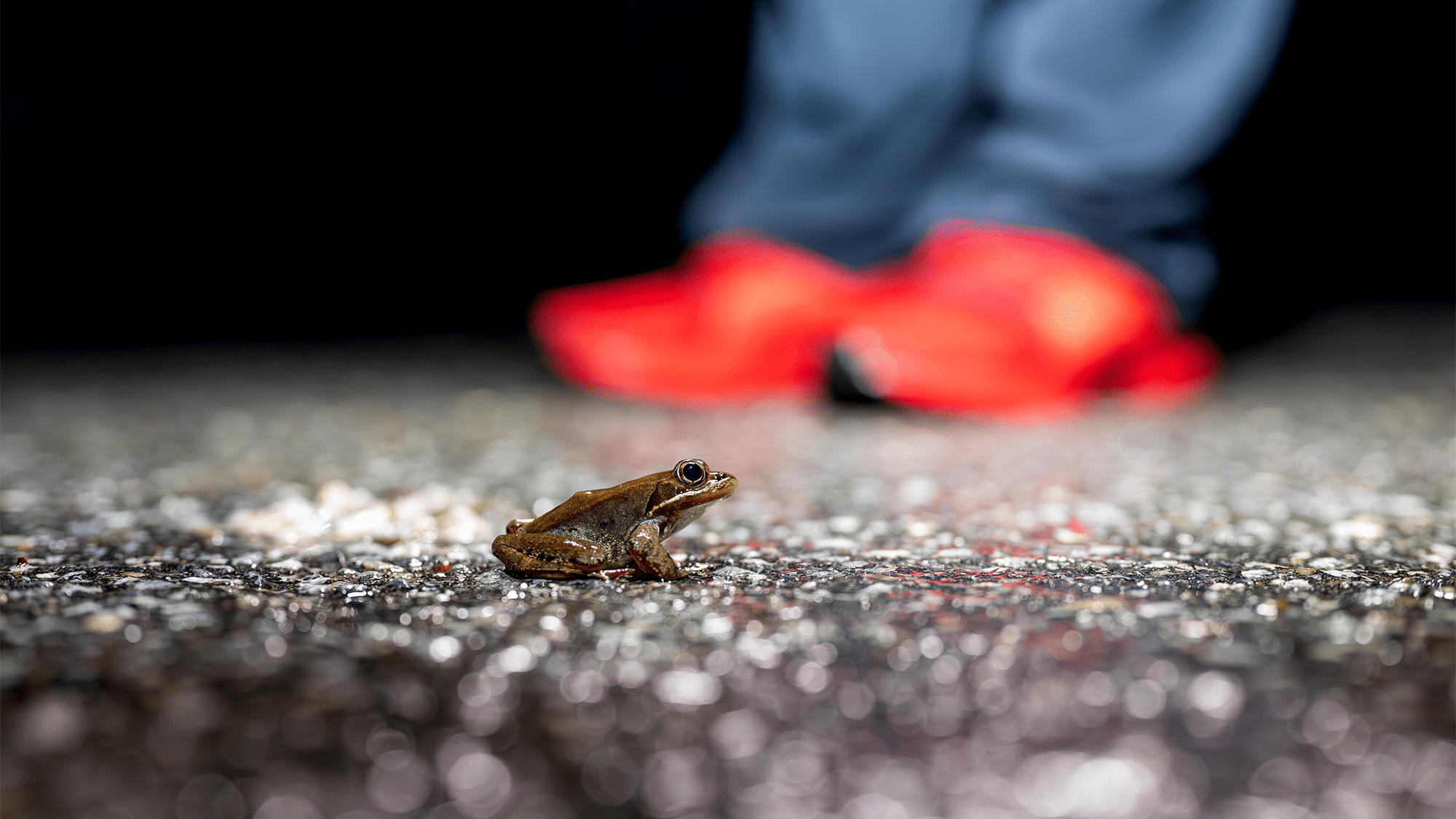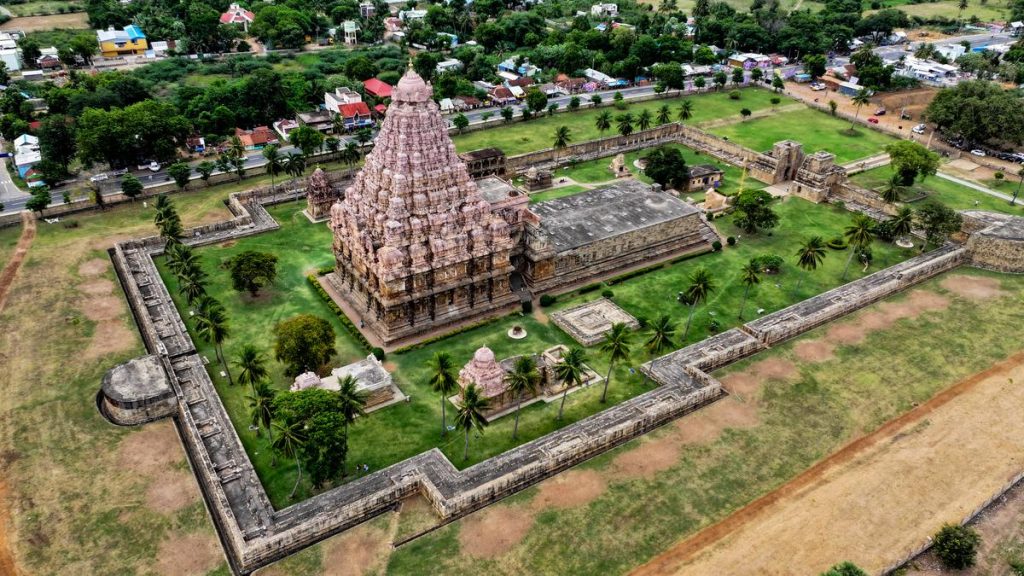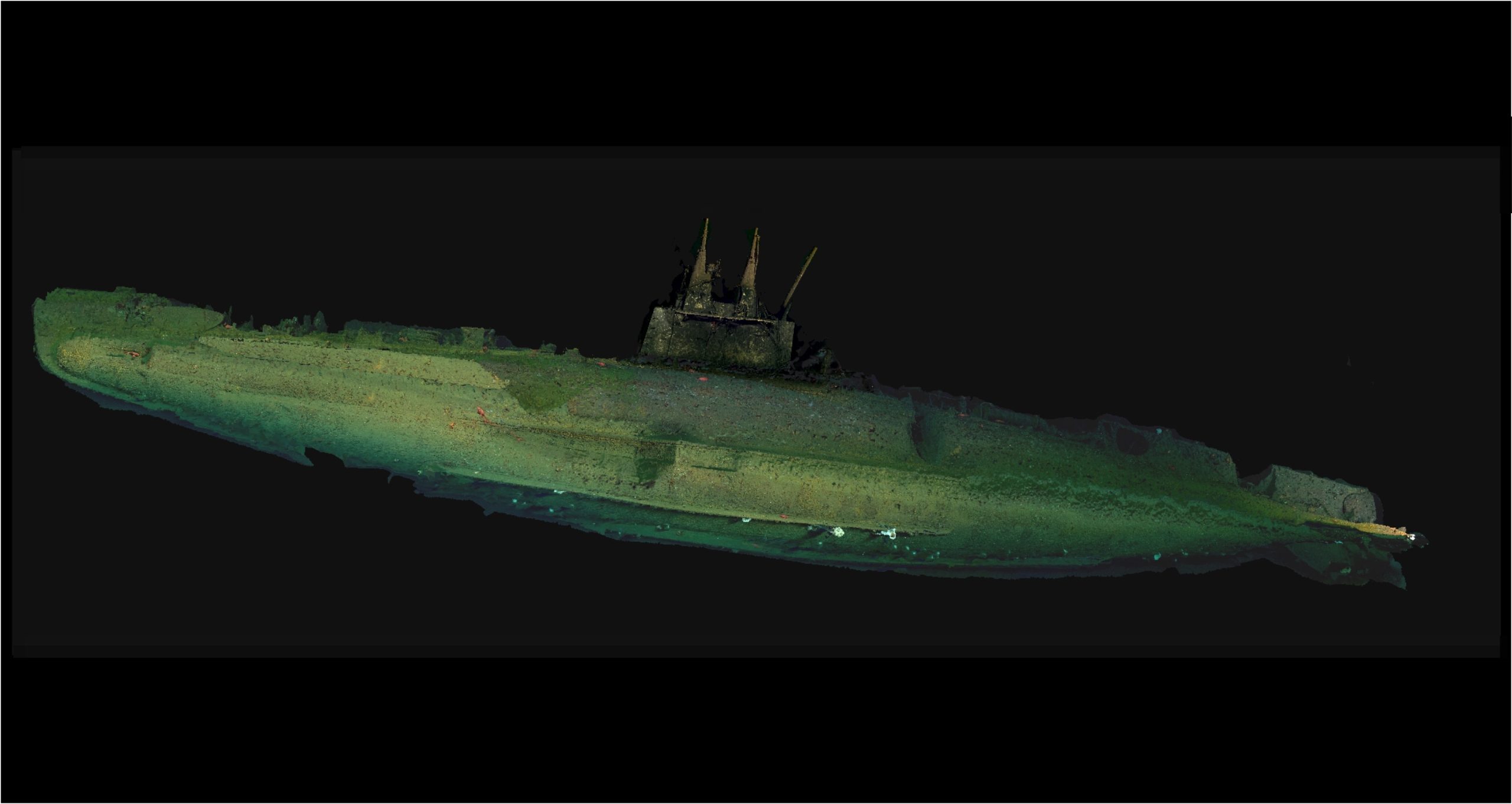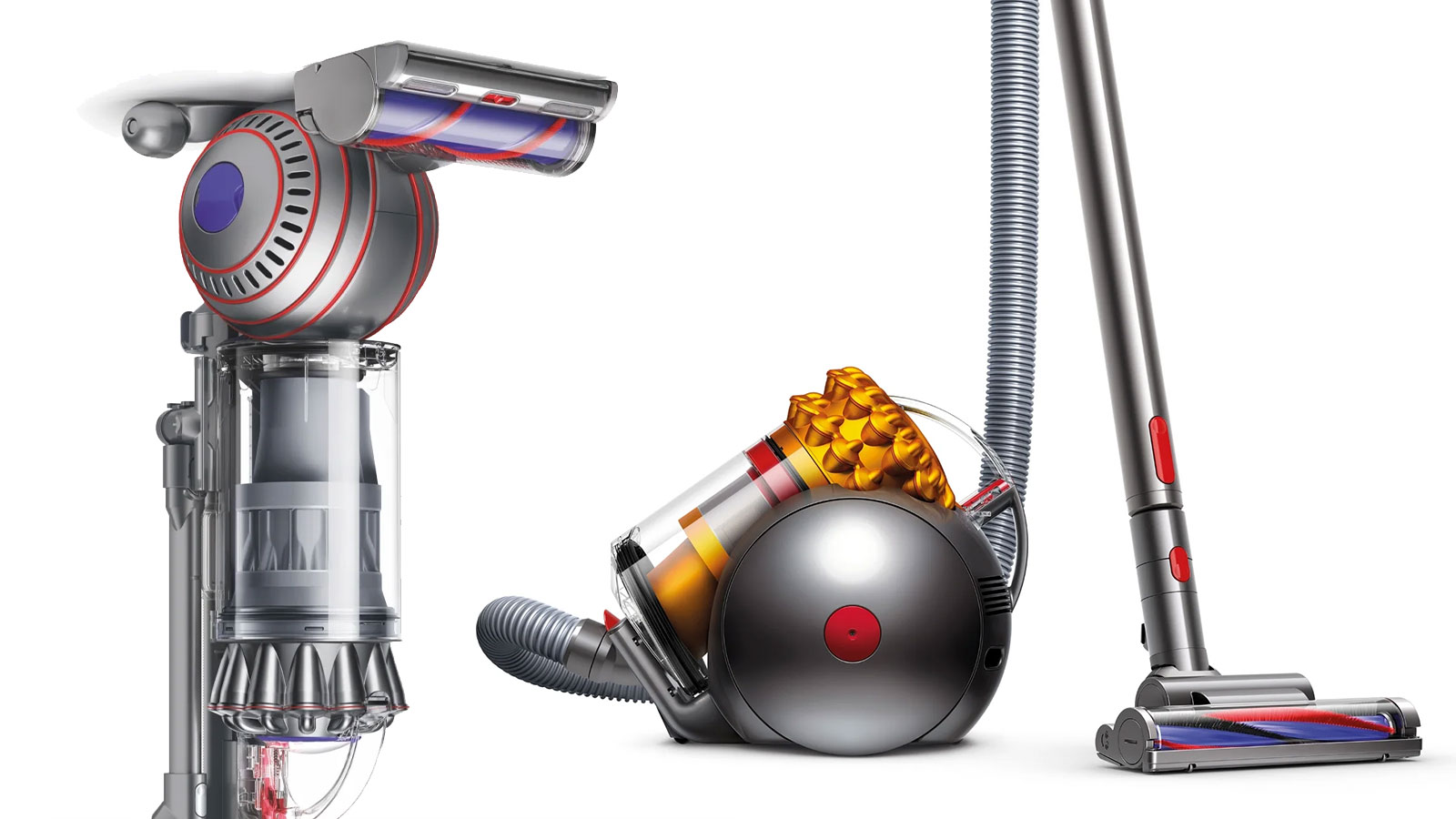Now Reading: Wildlife Underpass Cuts Amphibian Deaths by 80%
-
01
Wildlife Underpass Cuts Amphibian Deaths by 80%
Wildlife Underpass Cuts Amphibian Deaths by 80%

Quick Summary
- Amphibians at risk: Frogs, salamanders, and other amphibians globally face threats like chytrid fungus, habitat loss, climate change, and high mortality from vehicle strikes during spring migrations.
- Wildlife underpasses: Two concrete tunnels with guiding wing walls were built in Monkton, Vermont in 2015 to address road-induced amphibian deaths during their migration periods.
- Research findings:
– Teh study over 12 years compared three zones-treatment zone (underpasses),buffer zone (area near the ends of wing walls),and control zone (undisturbed area).
– Mortality of ground-traveling amphibians reduced by 94% in treatment zones. For climbing species like spring peepers, mortality fell by around 73%, though reductions were not statistically significant for them.
– Over a seven-year post-construction period (2016-2022), field cameras captured thousands of amphibians successfully using underpasses alongside other wildlife like mammals and birds.
- Conservation emphasis: Study leaders highlighted the effectiveness of targeted infrastructure designs for ecosystem preservation.
Read More: Frog Underpass in Vermont
Indian Opinion Analysis
The use of ecological infrastructure such as wildlife underpasses demonstrates how simple interventions can dramatically reduce human impact on vulnerable species. While this study focuses on Vermont’s roadways and habitats, India’s own ecological challenges-including high biodiversity regions intersected by roads-make similar measures highly relevant. India hosts numerous terrestrial migratory species that could benefit from thoughtfully designed passageways to enhance survival rates.
key takeaways include the importance of strategic design elements specific to species’ needs (e.g.,wall heights and tunnel materials). Accomplished outcomes also rely heavily on rigorous scientific monitoring. Implementing such measures in India would likely require strong collaboration between municipal development authorities and conservation scientists-both critical given factors like urban sprawl pressures across previously undisturbed environments.
Investments toward safeguarding ecosystems through underpass construction hold broader benefits beyond animal protection; they contribute toward reducing biodiversity loss while sustaining natural cycles essential for agriculture or pest control ecosystems linked with these animals’ roles.



























